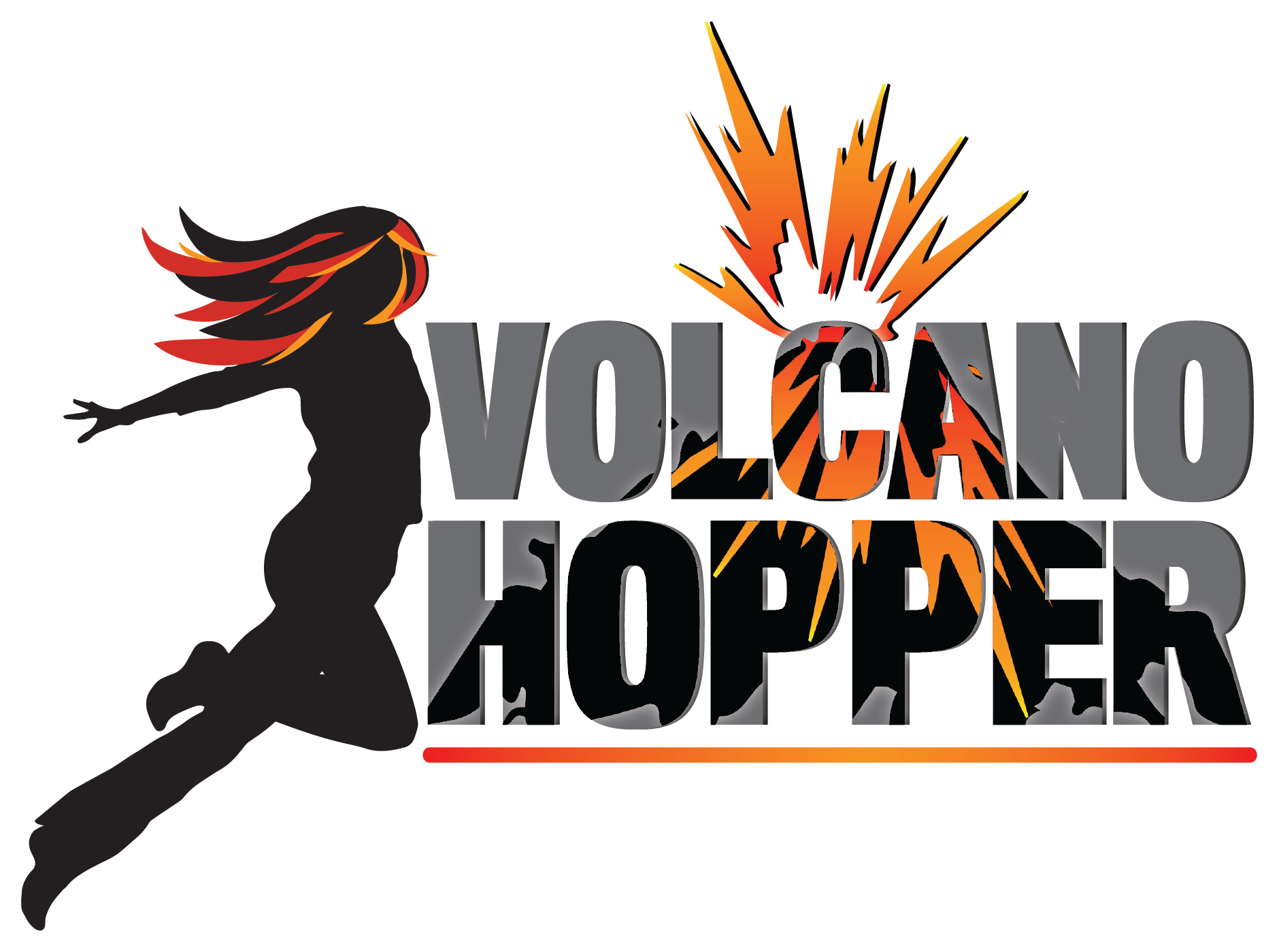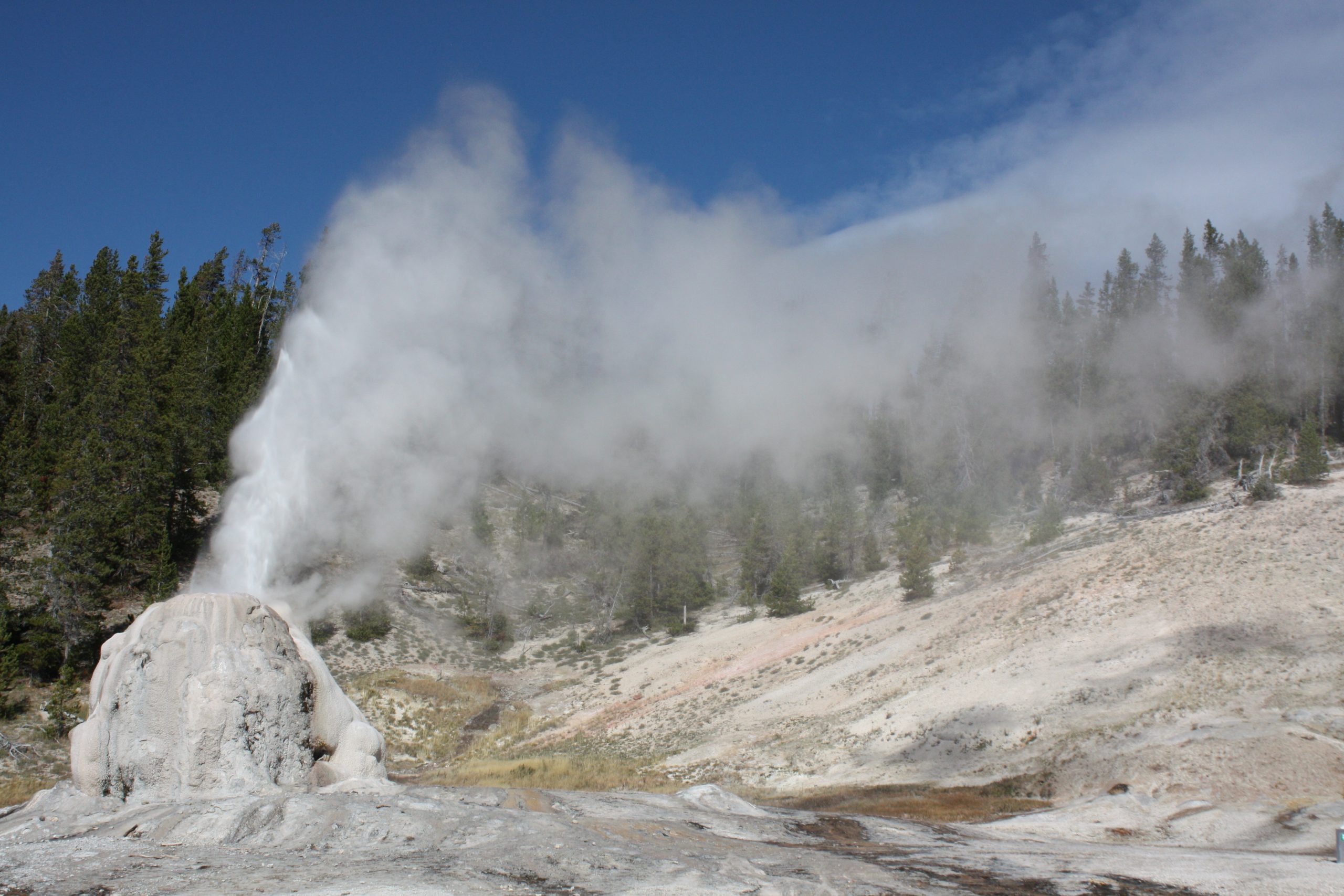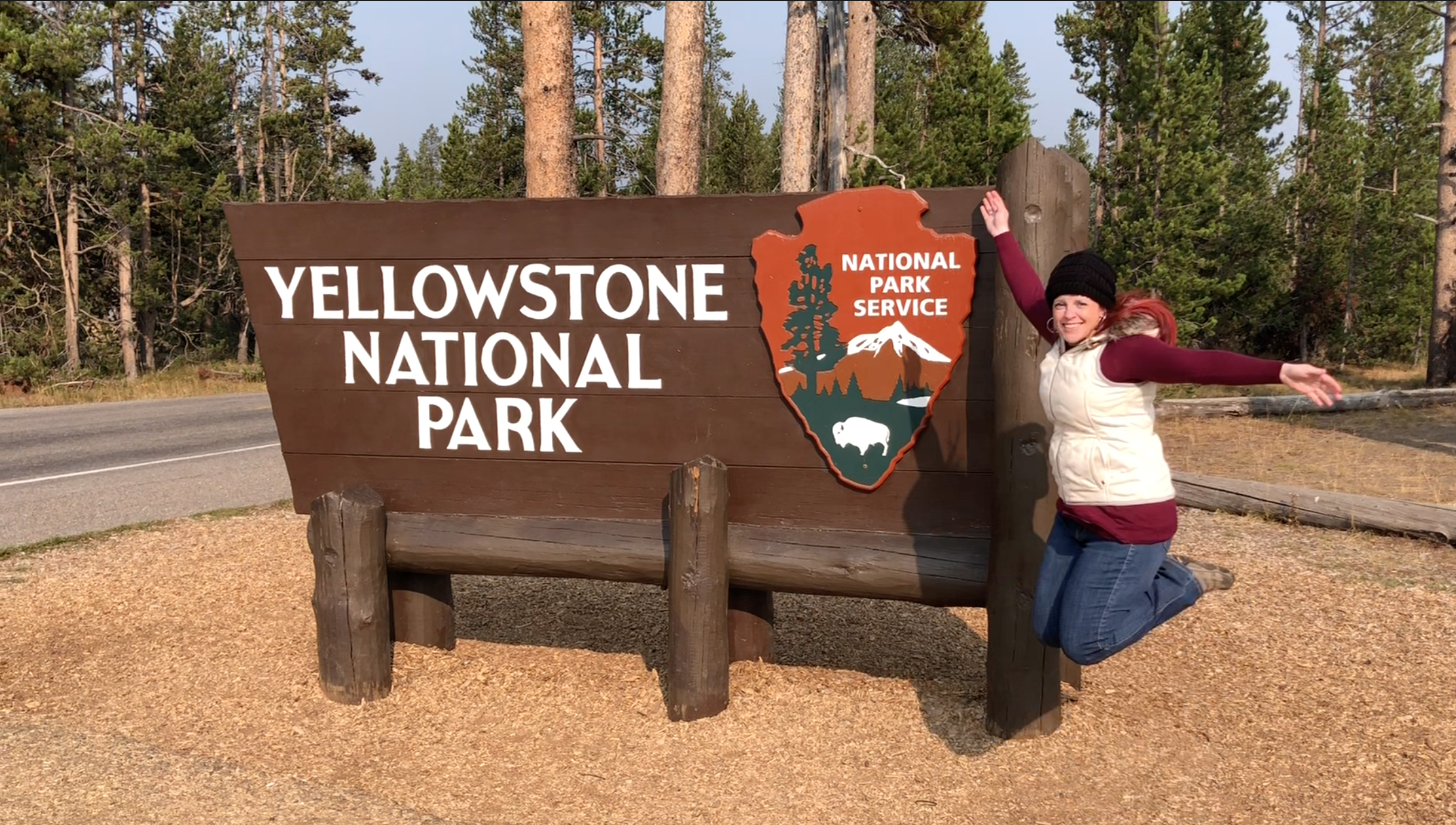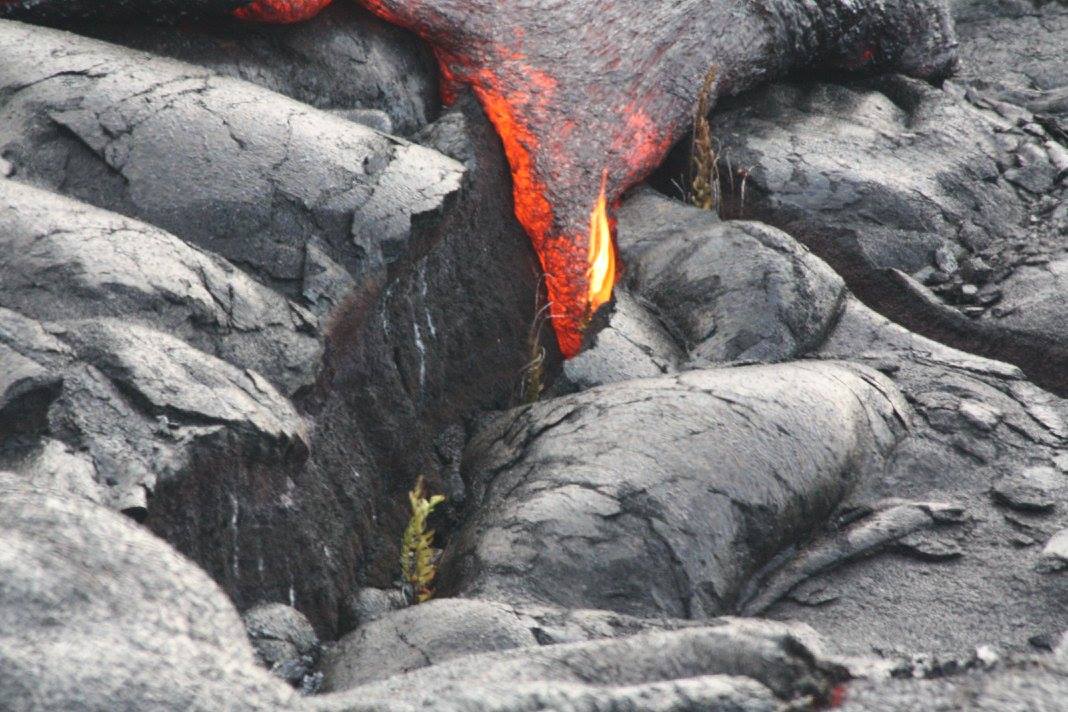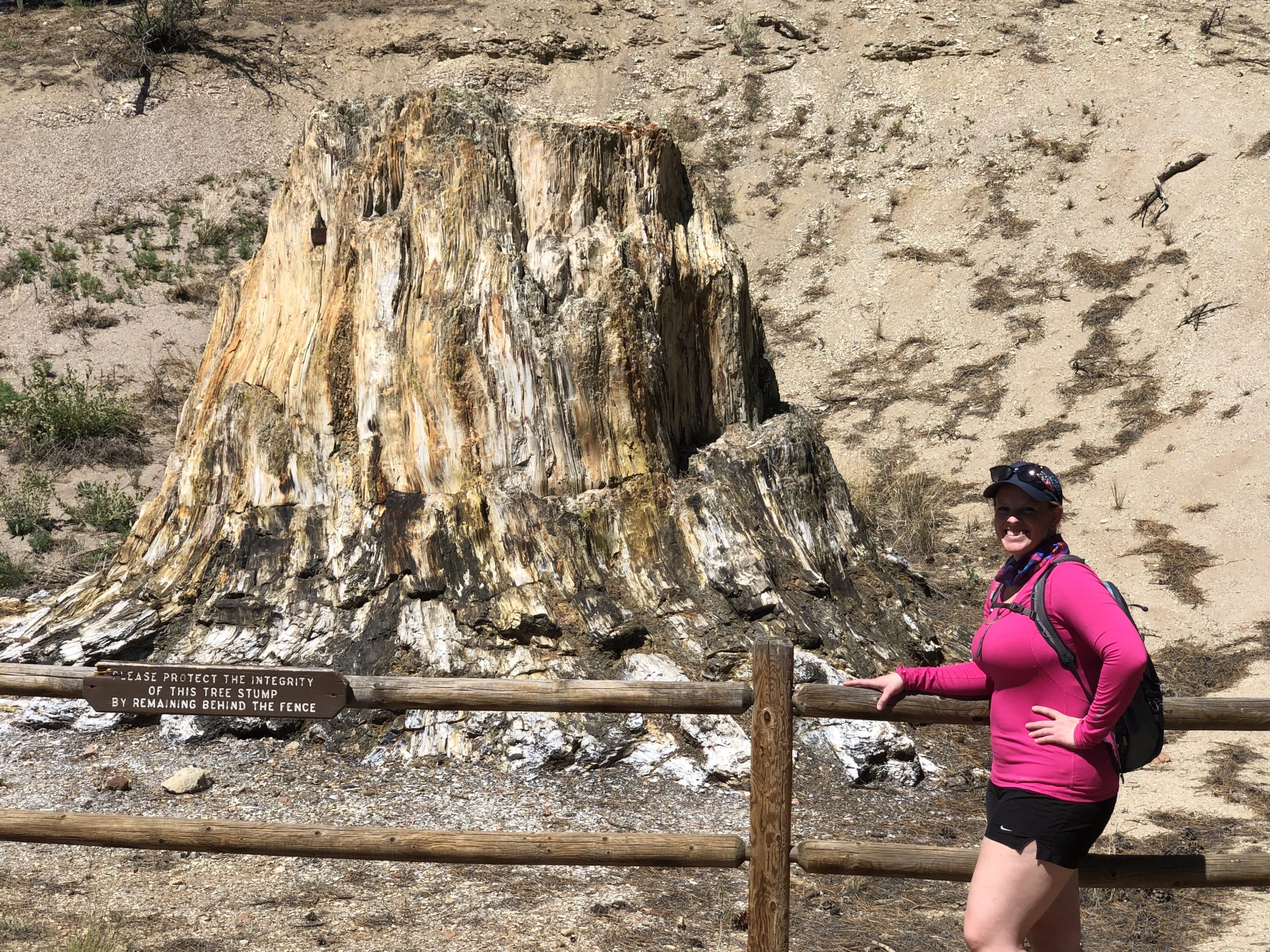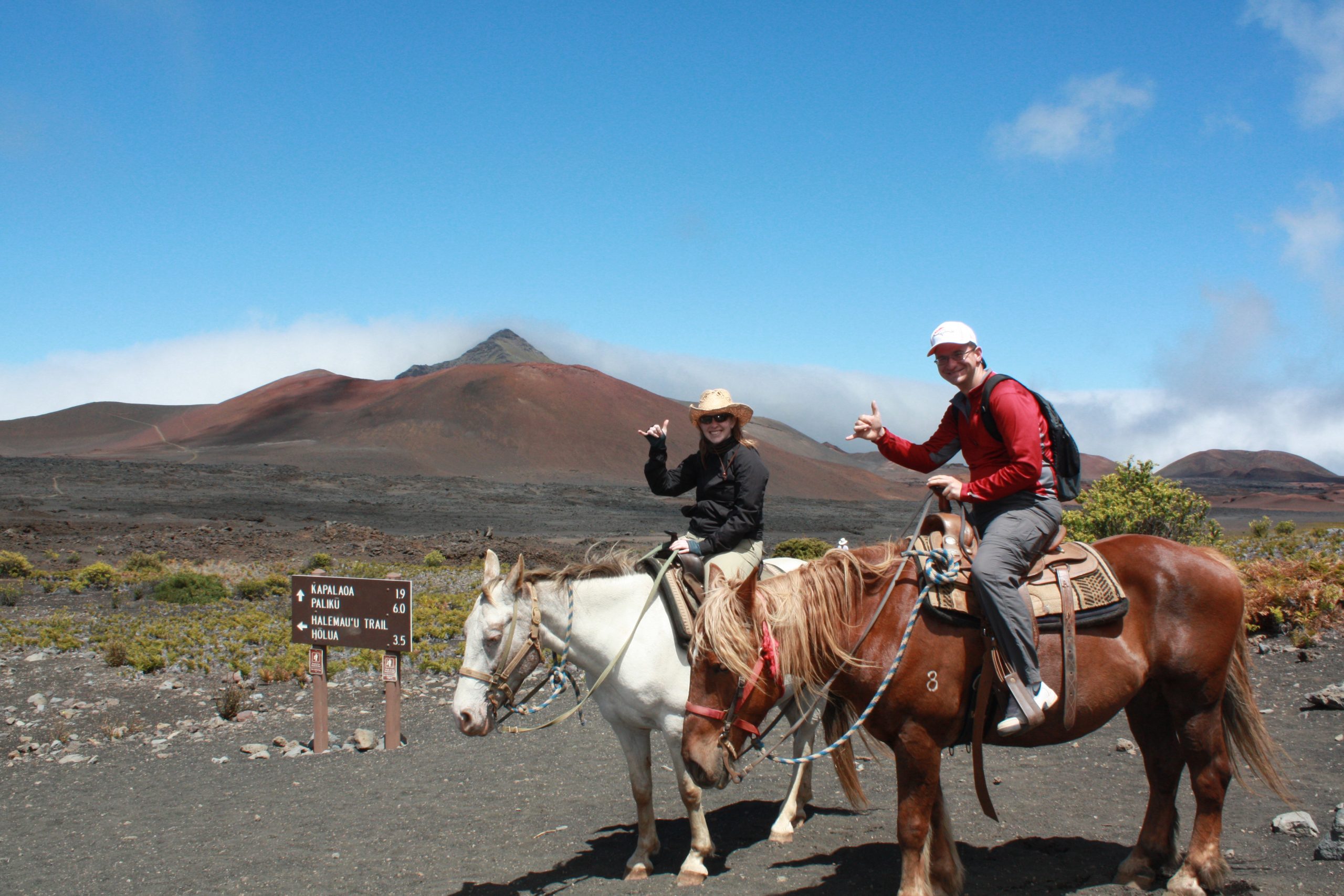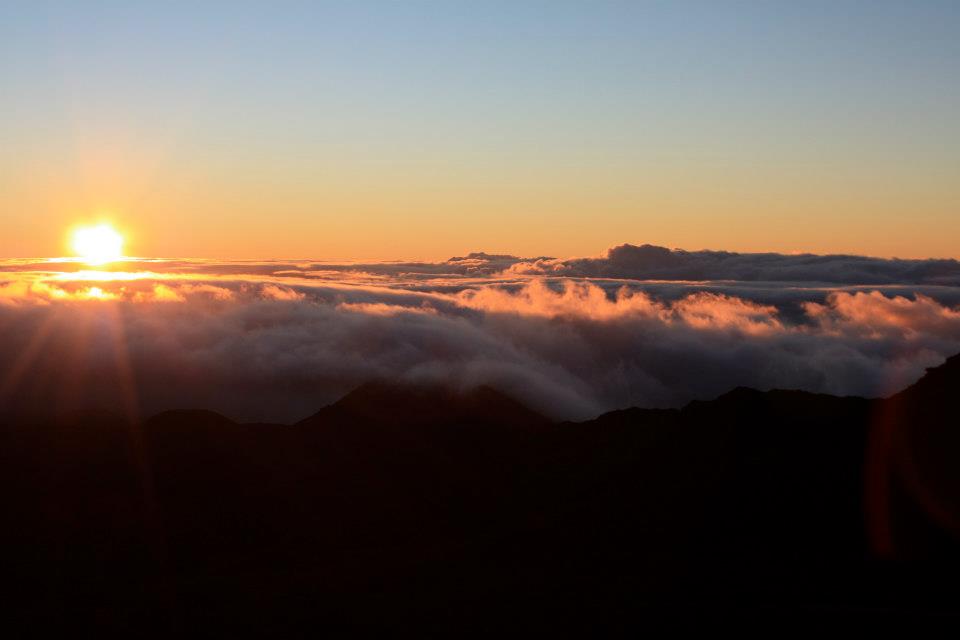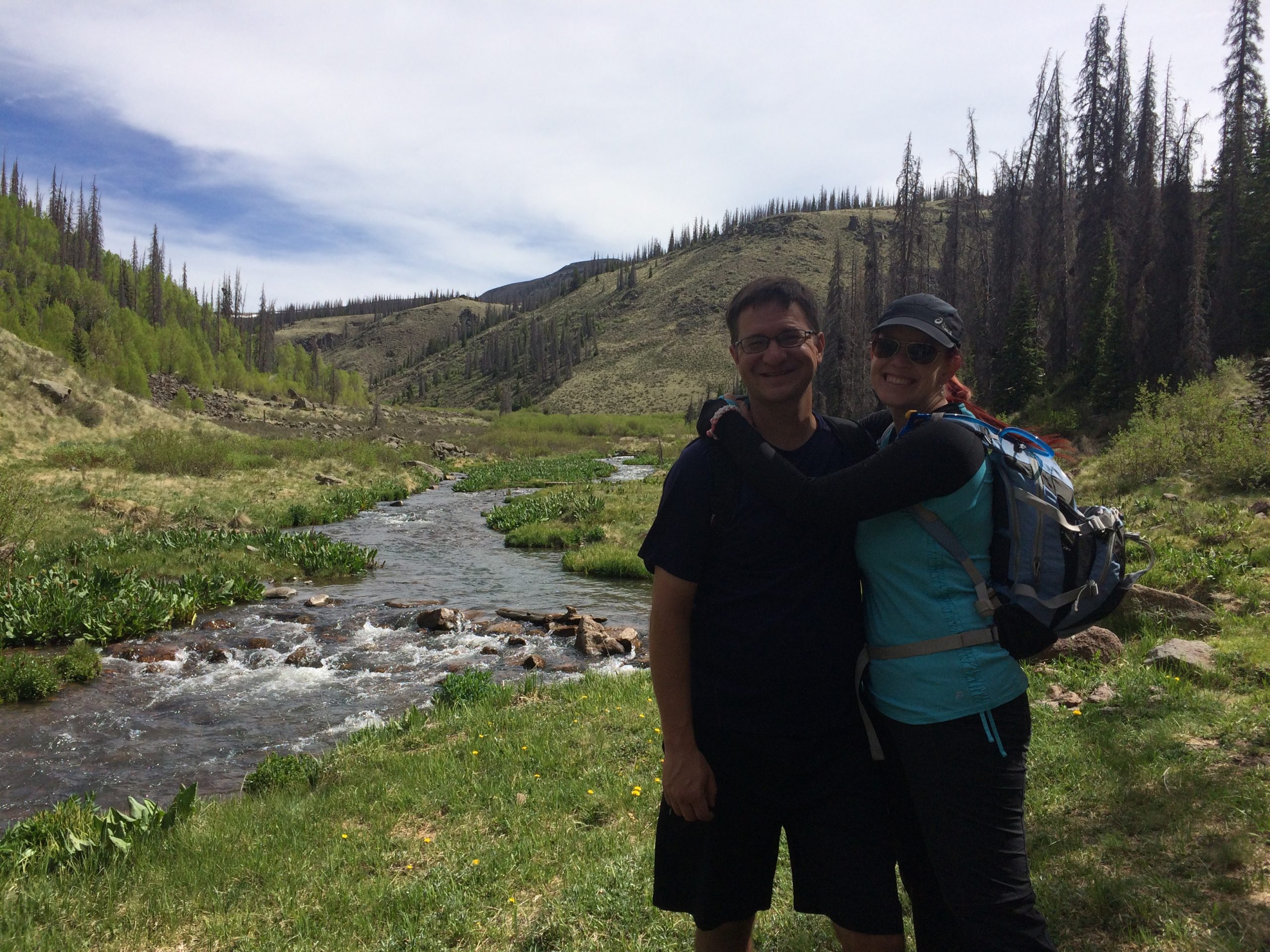Yellowstone: Lone Star Geyser
Lone Star Geyser is a hidden gem just off the beaten path in Yellowstone National Park.
Finding Yellowstone
What springs to mind when you hear the name “Yellowstone?” Here we take a quick look at the history and geology of Yellowstone volcano and the National Park that now sits on top of it.
What Does Lava Smell Like?
In May 2017, we hiked over Kilauea’s eastern slopes to intercept the 61G lava flow. The flow, which issued from the Pu’u O’o vent, had been showing stunning displays of activity for several months. Out of my many visits to Kilauea, this would be the first time that we would get to experience an active lava flow, and all the sights, sounds, and smells that came with it. I knew what molten lava looked and sounded like from the thousands of videos I had watched over the years. But I was curious— what does molten lava smell like?
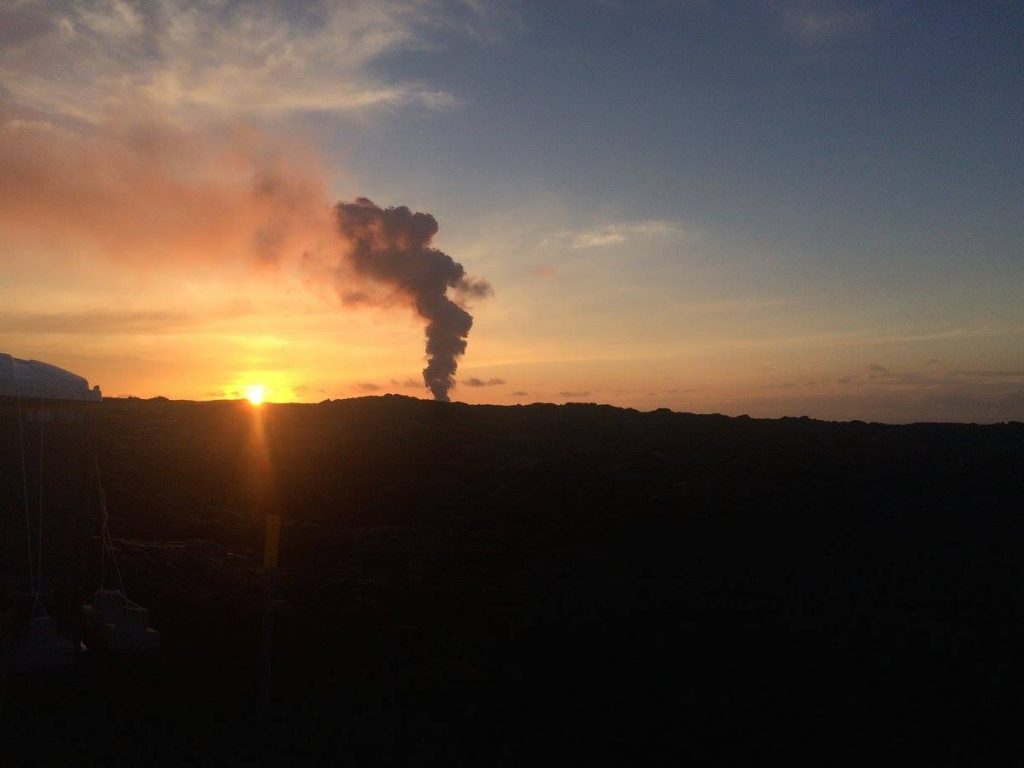
We met a group of friends at the bottom of Chain of Craters Road before the sun had risen. The ocean crashed against the lava cliffs to our east and a swath of stars stretched out in a band overhead. Making sure we each had plenty of water, food, and sunscreen in our packs, we set out in the dark. Only our headlamps and the red rivers of lava cascading down the pali, six miles away, lit our path.
Florissant Fossil Beds: A Window to the Past
A low mist hovered over the calm waters of Lake Florissant. The sun rose higher in the sky, bathing the world in gold light. Shorebirds crooned as they stretched their wings and splashed in the reeds. Fish bobbed to the lake’s surface, snatching water bugs off of the surface for breakfast. An opossum scurried through the underbrush. Redwood trees towered over two hundred feet into the air; their green leaves seemed to scrape the turquoise sky. Steam curled from the volcanic peaks that rimmed the valley. But the early morning calm would be shattered when the earth exploded with volcanic chaos. Thick ash blanketed Lake Florissant and raging lahars finished the job. This eruption—one of many in central Colorado—would create and preserve the monument we now know as Florissant Fossil Beds.
Haleakala On Horseback
There is something inspiring about a sunrise. The golden rays herald in a new day full of hopes and adventures. No two sunrises are ever the same. Watching the golden sunrise over Haleakala’s expansive crater was a sight unlike any other. As the sun rose higher into the eastern sky and began to burn off the clouds that had settled in the crater, the spirit of adventure set in and we were anxious to explore more of Maui’s biggest volcano: Haleakala.
Haleakala Sunrise
The night is as black as pitch as we tiptoe out of our condo and start the car. Stars glitter in the darkness overhead and the arm of the Milky Way stretches from one side of the island of Maui to the other. The silhouette of Haleakala volcano, a shadow in the night, towers 10,000 feet above us.
We navigate through towns that are dark and still at two in the morning. Catching Route 378, we begin the slow drive up the side of the volcano. A cow, roaming free, appears in the headlights and then vanishes just as quickly. A pu’eo swoops down and snatches something off of the highway and flies away into the dark. The narrow beam of our headlights gives us hints at our surroundings, but we can see nothing.
The View From Mount St. Helens’ Summit
This year marks the 40th anniversary of the May 18, 1980 eruption at Mount St. Helens. Just a few months shy of the anniversary, we climbed the volcano to check out the views from Mount St. Helens’ summit. We could clearly see and smell the steaming lava dome, witnessed rockfalls…
Exploring Wheeler Geologic Area
Wheeler Geologic Area was created from the fallout of Earth’s largest explosive eruption. When La Garita Caldera exploded millennia ago, it deposited 1,200 cubic meters of volcanic material throughout the state of Colorado. The Fish Canyon Tuff, as it has come to be known, can most easily be seen here at Wheeler Geologic Area. Nestled deep in Colorado’s San Juan Mountains, the tuff here has been well preserved over the years due to the surrounding valley. Wind and water have weathered the tuff over time, sculpting a dramatic landscape of spires.
Not very many visitors brave the 14-mile service road or 16-mile hike through the volcanic landscape. We not only love to explore volcanoes, but we love to discover the side of them that many people don’t get to see. Five of us began our hike at dawn from Hanson’s Mill, through thick forest and over age-old lava flows. (Catch up on the first part of our adventure here.) With the first stretch of our journey under our belts, we set off to explore the tuff formations at Wheeler Geologic Area.
Dragon’s Eggs
The trail rose steeply as we entered the 640-acre geologic area. Eroded tuff and ash covered the trail. It making it as slippery as a sand dune in places. Forest and foliage had taken root in the ashy soil and pines towered high above our heads. A creek bubbled across the trail and we hopped it, heading deeper into the monument.
One “Tuff” Hike – The Trail to Wheeler Geologic Area
After discovering that the La Garita eruption – the largest explosive eruption in the history of the Earth – was essentially in my own backyard, I had to explore it. The caldera itself is massive, well over a thousand square miles. It would take me years to explore it all on foot. For now, I decided to focus in on one of the most obvious traces of the ancient eruption: Wheeler Geologic Area.
Wheeler Geologic Area is tucked away deep in the La Garita Wilderness in southwestern Colorado. When La Garita erupted, huge amounts of ash and pyroclasts fell out here. The heavy ash compressed together and became volcanic tuff. Now named the Fish Canyon Tuff, Wheeler has been well protected over the millennia by the deep valley where it fell. Erosion has carved away at the tuff deposit over the years, leaving spectacular formations of gray and white behind.
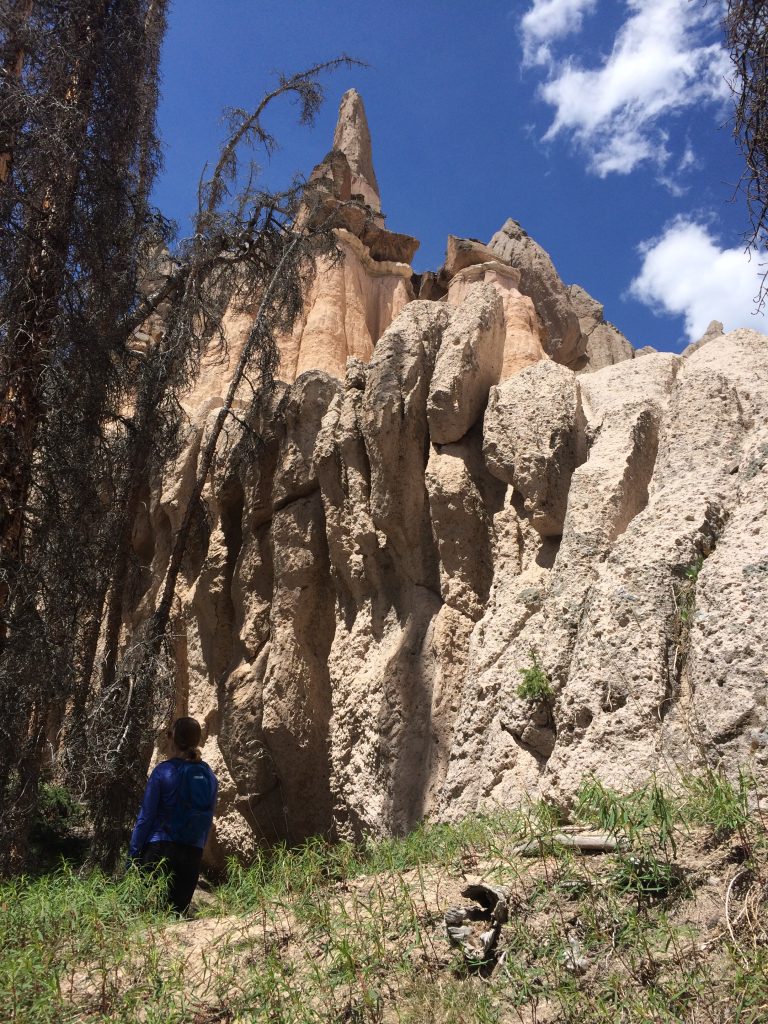
We had tried to plan our adventure to Wheeler Geologic Area for several years after I discovered the existence of La Garita. Monsoon rains and raging wildfires kept us from making the trek until, in 2017, we got our chance. The hike to and from Wheeler Geologic area is a long 8 miles; 16 round trip. But the views and volcanic formations that we saw along the way were absolutely worth it, even if it was one “tuff” hike.
La Garita: History’s Most Epic Eruption
As a kid, I wanted nothing more than to have a volcano or two within exploring distance. Given that I was 8 years old and couldn’t drive, that distance was about five miles. My friends and I used to make up stories that the nearby mountains were volcanoes and could erupt at any moment just to sate our sense of adventure. As far as we knew, the only volcanoes in the United States were Yellowstone, in Hawaii, or along the West Coast. The rest of the world’s volcanoes were in far off, exotic places like Japan or Iceland. Little did we know that real volcanoes were closer to home than we ever imagined – including the most explosive and epic eruption in Earth’s history: La Garita.
The San Juan Volcanic Field
La Garita Caldera sits in the middle of Colorado’s San Juan Volcanic Field. Located in the southwestern part of the state, the volcanic field was once extremely active. Two continental plates once collided here and caused the ground to fracture and faults to form. These faults allowed heated magma from the Earth’s mantle to rise and pool in massive magma chambers beneath the crust. The results were often explosive.
